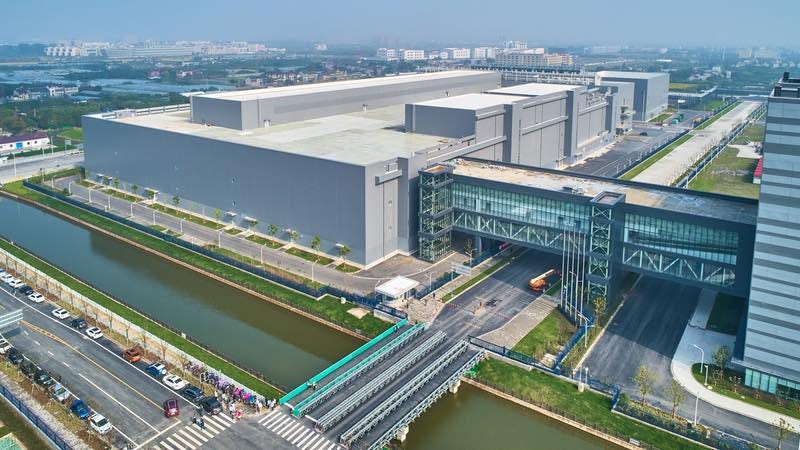My name is Sagar, and I’ve been a long-time executive in the semiconductor manufacturing world — holding key positions at large multi-nationals, a leading semiconductor foundry, and partnering with many of the top-tier foundries and OSATs. Since “retiring”, I’ve also spent time advising and investing in start-ups through roles at VCs, incubators, and accelerators. These are my perspectives (and worries) about the industry after working as an insider for 30+ years and more recently as an external board member/observer, advisor, and investor.
By Sagar Pushpala

On-Shore Fabs
Though the US is racking up some political “brownie points” and allocating tens of billions of dollars of seed capital to create domestic advanced Logic/Memory wafer fabs and manufacturing jobs, I fear it is too little too late. Unfortunately, I don’t believe these seed incentives will be able to sustain cost competitiveness and scale beyond single-factory projects although some companies have announced 10–20 year expansion plans.
In my opinion, the best path forward for Logic/Memory manufacturing and Foundry/OSAT is for the US to ensure that Taiwan and South Korea are politically and structurally stable, such that their semiconductor manufacturing infrastructures will continue to thrive long term.
Intel
Intel’s X86 architecture has likely run out of steam, with little incremental benefits possible without a complete overhaul. AMD, Apple, Nvidia, and Qualcomm will likely bite chunks into their share in the near-term.
To survive, Intel has to decide in short order whether to accelerate and productize competitive wafer fab and packaging technologies to get ahead of TSMC or be completely foundry-dependent. In my opinion, the latter approach could be more prudent.
The Tower-Jazz acquisition has neither the scale nor competitive IP to help Intel outrun TSMC. Instead, I think Intel should acquire Global Foundries and then spin out its Foundry/Packaging functions, creating an independent entity that has a true shot at competing with TSMC. This would be both complementary and meaningful, as it would give Intel a management structure and technology/IP framework to be successful.
Samsung
I believe Samsung Foundry should augment its Advanced Process and Packaging strategy by acquiring UMC and broaden its foundry offerings, providing a similar structure as the Intel-Global Foundries entity I suggested above.
Collectively, such spin-outs and mergers would enable 3 world-class entities (TSMC, Intel + Global Foundries, and Samsung + UMC), expanding competition for the semiconductor ecosystem to thrive effectively.
Down Cycle & Over Capacity
Many of the factories sanctioned and being built in new locations will see a significant pullback in loading support over the next 2 years. Optics and investments around this short-term issue have to be managed.
Equipment Supplier Monopoly
The world needs another ASML for Lithography capabilities, especially on advanced nodes (EUV). Its monopoly is stifling growth and billions of dollars’ worth of revenues & capacity are bottlenecked by its inability to ramp to meet demand, let alone get caught up in the China tangle.
China, India & ROW
Rather than trying to create full-fledged competitors and fight the legacy foundry players, China and India should manage to their own strengths, focusing on logical extensions to their regions’ capabilities.
Chinese foundries should continue to drive low-cost manufacturing while focusing on mature technology nodes and consumer products, since many US fabless companies still depend on them today.
The world needs to create another manufacturing hub in India where ‘trusted’ human capital is not constrained. It should double-down on supporting the already thriving high value-add engineering services and product development ecosystem. In particular, a focus on both product definition and associated incubation as well as non-leading-edge manufacturing is long overdue.
To take advantage of recently announced manufacturing incentives and capabilities being sought out in India, top-tier foundries should strongly consider licensing out their breadth of mature technologies to qualified fab operators in 3-way agreements with in-region powerhouses (e.g. TATA, RIL, etc.)
Japan and EU will likely remain US support entities and will continue to be self-sufficient on their initiatives, including attracting top tier foundries into their regions.
Source https://medium.com/@sagarpushpala_15734/a-perspective-on-semiconductor-manufacturing-initiatives-strategies-a5ae722086f0







